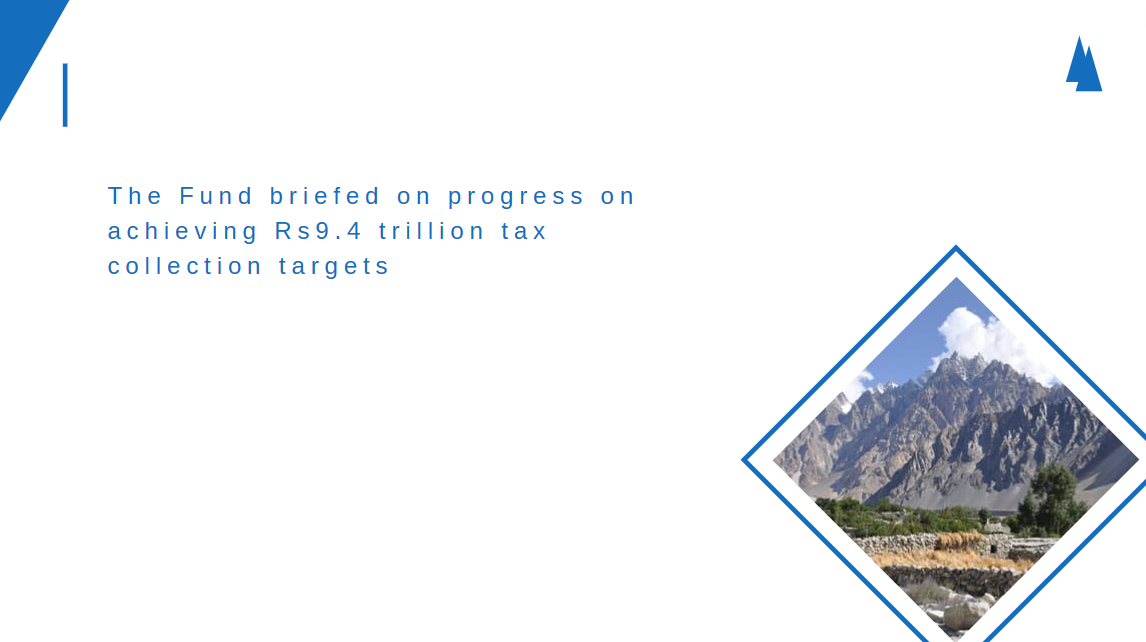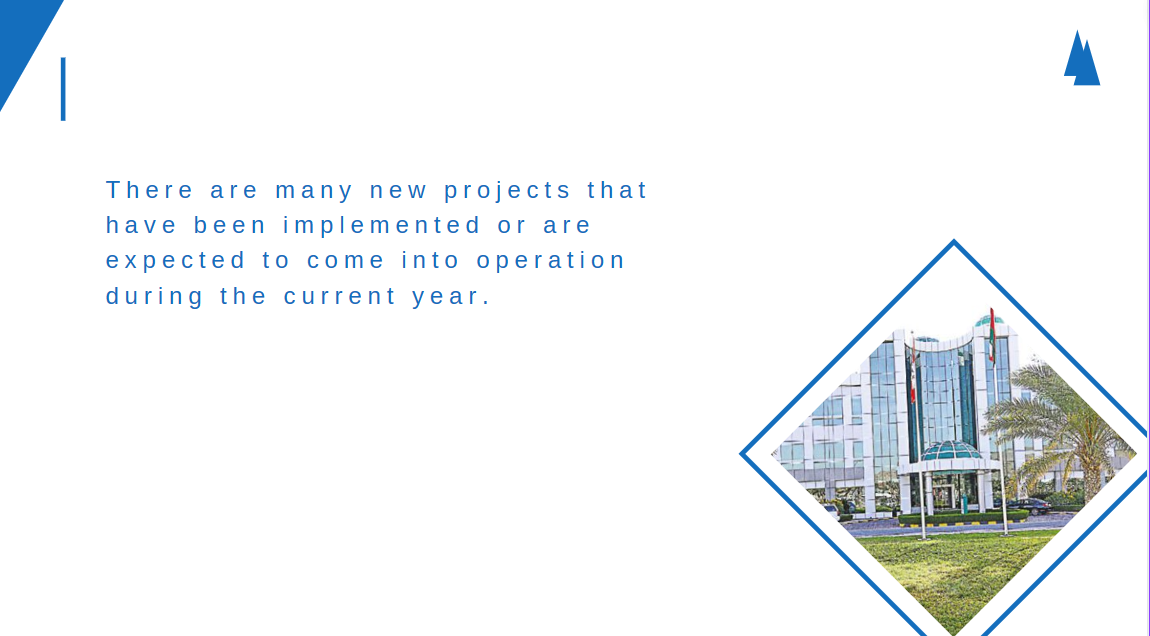Measures to defuse small stressed lenders' risks set to gather speed
China is expected to accelerate efforts to defuse financial risks among small stressed lenders in a timely fashion, as the situation has become a weak link in the country's overall solid financial safety net, experts said on Tuesday.
Some small and medium-sized banks have seen more bad loans due to the property market downturn and local government debt pressure, coupled with falling interest revenues that could restrict them from handling losses, they said, thus making stepped-up risk resolution efforts a priority.
The government is likely to speed up measures such as facilitating mergers and acquisitions of smaller banks, replenishing their capital via multiple channels and helping them maintain proper interest rate margins, a main source of profits, they added.
Their comments echoed policymakers' repeated emphasis on addressing risks facing smaller banks, with the recent tone-setting Central Financial Work Conference having stressed that risks among small and medium-sized financial institutions should be addressed without delay.
In a statement on Monday, the People's Bank of China, the country's central bank, said it will "address in a timely fashion risks among high-risk small and medium-sized financial institutions" as part of its efforts to prevent cross-regional risk transmission.
The country's financial risks have decreased and are controllable overall, the statement said, as the vast majority of the almost 4,000 commercial banks in the nation have been deemed safe by the central bank's rating system in the second quarter.
Nevertheless, more than 300 lenders were deemed to be high-risk, whose assets accounted for less than 2 percent of the banking sector's total size of 406.25 trillion yuan ($55.73 trillion), the PBOC said.
Saying that most high-risk banks are likely to be small and medium-sized, Yang Haiping, a researcher at the Central University of Finance and Economics' Institute of Securities and Futures, said smaller lenders remain the focus of the country's financial risk prevention efforts.
"High-risk small and medium-sized financial institutions are the most likely to become the starting point, or an important link in the transmission of financial risk," Yang said.
Wu Chaoming, deputy director of the Chasing International Economic Institute, said sped-up efforts to address smaller bank risks will be crucial to avoid the danger of a single financial institution triggering regional or even systemic risks.
Wu said some smaller banks face pressure from worsening asset quality due to a rise in default risks among real estate companies and debt burdens of local government financing vehicles, with the nonperforming loan ratio of city commercial banks standing at 1.9 percent as of the end of June, higher than commercial banks' average of 1.62 percent.
To help smaller banks tackle bad loan risks, policymakers may facilitate wider channels for them to replenish capital, with more special bond issuances for this purpose, said Yuan Haixia, executive dean of the research institute at credit rating agency CCXI.
Yuan said risk resolution efforts may also focus on industry consolidation where small banks can strengthen their capacity via M&As. Those who cannot meet regulatory requirements even after M&As should exit the market in an orderly manner.
Luo Zhiheng, chief economist at Yuekai Securities, said it is also important to promote deposit rate decreases so that smaller banks can maintain a reasonable net interest margin rate — the difference between the interest rate banks charge on loans and the rate they pay out to depositors — and have more funding to absorb losses derived from nonperforming loans.
Luo said the average net interest margin rate of Chinese commercial banks came in at 1.74 percent in the first half, relatively low on a global scale and down from more than 1.9 percent in 2022, with smaller banks witnessing a sharper narrowing.






















































First, please LoginComment After ~